Home>Furniture & Design>Bedroom Furniture>What Is The Difference Between Foam And Memory Foam
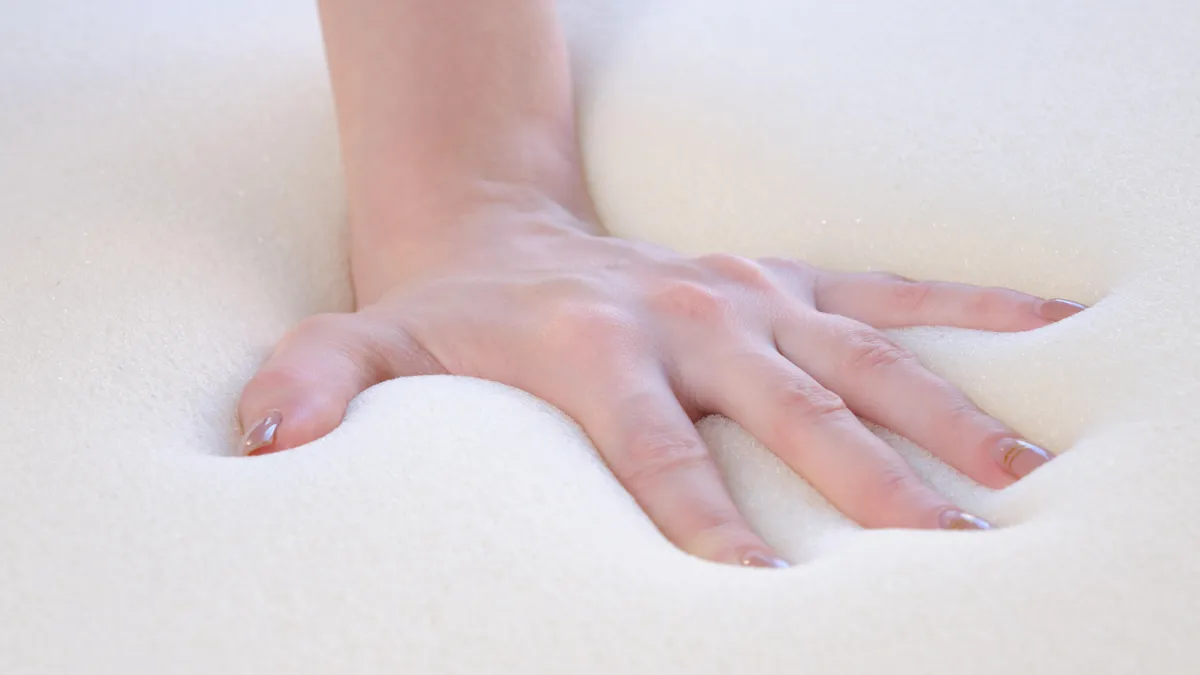

Bedroom Furniture
What Is The Difference Between Foam And Memory Foam
Published: January 11, 2024
Discover the distinctions between foam and memory foam for bedroom furniture and design. Make an informed choice for your comfort and style.
(Many of the links in this article redirect to a specific reviewed product. Your purchase of these products through affiliate links helps to generate commission for Storables.com, at no extra cost. Learn more)
Introduction
When it comes to choosing the perfect mattress or pillow, the type of foam used can make a significant difference in comfort and support. Two popular options are foam and memory foam, each with its own unique characteristics and benefits. Understanding the differences between these materials can help you make an informed decision and ensure a restful night’s sleep. Let’s delve into the composition, density, support and comfort, durability, and price to compare foam and memory foam, allowing you to make the best choice for your bedroom furniture and design needs.
Key Takeaways:
- Memory foam offers personalized support and comfort by contouring to the body, making it ideal for those seeking enhanced sleep quality and relief from pressure points.
- Traditional foam provides reliable support at a budget-friendly price, suitable for individuals seeking affordable options for mattresses, pillows, and furniture cushions.
Composition
When it comes to the composition of foam and memory foam, they are fundamentally different. Traditional foam, also known as polyurethane foam, is made from petroleum-based materials. It is a versatile material that can be found in various densities and firmness levels, making it suitable for a wide range of applications, including mattresses, pillows, and furniture cushions.
On the other hand, memory foam, also known as viscoelastic foam, is a type of polyurethane foam that has been modified with additional chemicals to increase its viscosity and density. This modification allows the foam to contour to the body in response to heat and pressure, providing a unique level of support and comfort. The distinguishing feature of memory foam is its ability to remember its original shape, hence the name “memory” foam.
While both foam and memory foam are derived from polyurethane, the additional chemicals and manufacturing processes used in memory foam production result in a material with distinct properties, particularly in terms of support and comfort.
Density
The density of foam and memory foam is a critical factor that directly impacts their performance and longevity. Foam density is measured in pounds per cubic foot (PCF), indicating the amount of foam material packed into a specific volume. Higher density foam typically offers better support and durability, as it is less prone to sagging and deterioration over time.
Traditional foam is available in a wide range of densities, with options ranging from low-density (2-3 PCF) to high-density (over 4 PCF). Lower density foam tends to be softer and more affordable, making it suitable for applications where a plush feel is desired, such as in budget mattresses and toppers. However, it may lack the resilience and longevity of higher density foam.
Memory foam is renowned for its high density, often ranging from 3 to 5 PCF or even higher. This characteristic contributes to its exceptional ability to contour to the body and alleviate pressure points. The higher density of memory foam also enhances its durability, making it a popular choice for mattresses and pillows intended for long-term use.
When comparing foam and memory foam, it’s essential to consider the density that best aligns with your comfort preferences and the intended use of the furniture. While both materials offer various density options, memory foam’s higher density generally provides superior support and longevity, making it a favored choice for those seeking long-term comfort and quality.
Support and Comfort
Support and comfort are paramount considerations when choosing bedroom furniture, and the differences between foam and memory foam play a crucial role in determining the level of support and comfort they provide.
Traditional foam offers consistent support and is available in a range of firmness levels, catering to different sleep preferences. However, it may lack the contouring properties that memory foam is renowned for. In contrast, memory foam excels in conforming to the body’s shape, providing personalized support by distributing weight evenly and relieving pressure points. This attribute makes memory foam an excellent choice for individuals with chronic pain or those seeking enhanced comfort during sleep.
Additionally, memory foam’s ability to absorb movement and isolate motion transfer can be beneficial for couples, as it minimizes disruptions from partner movements during the night. This feature contributes to a more restful and undisturbed sleep experience, enhancing overall comfort and satisfaction.
While traditional foam offers reliable support, memory foam’s unique ability to contour to the body and minimize pressure points sets it apart in terms of comfort. Whether it’s a mattress, pillow, or upholstered furniture, the tailored support provided by memory foam can significantly enhance the overall comfort and relaxation experience, making it a preferred choice for many individuals seeking a restful and rejuvenating sleep environment.
Foam is a general term for a material with air bubbles, while memory foam is a specific type that molds to your body. Memory foam is better for pressure relief and support, while regular foam is more affordable.
Durability
When it comes to the durability of foam and memory foam, several factors come into play, including density, resilience, and long-term performance.
Traditional foam, with its varying density options, offers a range of durability levels. Higher density foam tends to be more durable and resilient, maintaining its shape and support over an extended period. However, lower density foam may be susceptible to compression and sagging, especially with frequent use. It’s important to consider the intended application and expected wear and tear when selecting traditional foam for furniture and bedding.
Memory foam, known for its high density and viscoelastic properties, exhibits exceptional durability. The ability to return to its original shape after use, coupled with its resistance to sagging and deformation, makes memory foam a long-lasting and reliable choice for mattresses, pillows, and upholstered furniture. This durability ensures that the furniture maintains its supportive and comfortable qualities, providing consistent performance over the years.
Furthermore, the resilience of memory foam contributes to its longevity, making it an ideal investment for those seeking durable and enduring bedroom furniture and bedding. The material’s ability to withstand prolonged use without compromising its supportive and contouring properties makes it a popular choice for individuals prioritizing long-term comfort and quality.
Read more: What Is Memory Foam?
Price
When considering the price of foam and memory foam products, various factors come into play, including materials, manufacturing processes, and overall quality.
Traditional foam, being a widely used and versatile material, is often more budget-friendly compared to memory foam. Its availability in different densities and firmness levels allows for a wide price range, making it accessible to consumers with diverse budget considerations. This affordability makes traditional foam an attractive option for those seeking cost-effective bedding, furniture cushions, and related products without compromising on basic comfort and support.
Memory foam, with its specialized composition and enhanced contouring capabilities, typically comes at a higher price point compared to traditional foam. The additional manufacturing processes and high-density composition contribute to the elevated cost of memory foam mattresses, pillows, and other furniture items. However, many consumers view the higher price of memory foam products as a worthwhile investment in long-term comfort, support, and overall sleep quality.
It’s important to weigh the price difference between foam and memory foam products against their respective benefits and intended use. While traditional foam offers a budget-friendly option for basic comfort and support, memory foam’s superior contouring properties and long-term durability may justify the higher initial investment for those seeking an elevated sleep experience and prolonged furniture longevity.
Conclusion
Choosing between foam and memory foam for your bedroom furniture and bedding needs involves considering a range of factors, including composition, density, support and comfort, durability, and price. Traditional foam, derived from polyurethane, offers versatility and affordability, with options available in various densities and firmness levels to cater to different preferences and budget considerations. On the other hand, memory foam, a specialized type of polyurethane foam, stands out for its high density, exceptional contouring capabilities, and long-term durability, making it a preferred choice for those seeking personalized support and enhanced sleep comfort.
When making this decision, it’s essential to assess your specific comfort requirements, budget constraints, and long-term furniture expectations. Traditional foam provides reliable support and comfort at an accessible price point, making it suitable for individuals seeking budget-friendly options for mattresses, pillows, and furniture cushions. Meanwhile, memory foam’s ability to conform to the body, alleviate pressure points, and maintain its shape over time positions it as a premium choice for those prioritizing personalized comfort, long-term durability, and enhanced sleep quality.
Ultimately, the decision between foam and memory foam hinges on your individual preferences, sleep needs, and budget considerations. Whether you opt for the versatility of traditional foam or invest in the tailored support and longevity of memory foam, both materials offer unique benefits that can enhance your bedroom furniture and design, contributing to a restful and rejuvenating sleep environment.
Frequently Asked Questions about What Is The Difference Between Foam And Memory Foam
Was this page helpful?
At Storables.com, we guarantee accurate and reliable information. Our content, validated by Expert Board Contributors, is crafted following stringent Editorial Policies. We're committed to providing you with well-researched, expert-backed insights for all your informational needs.
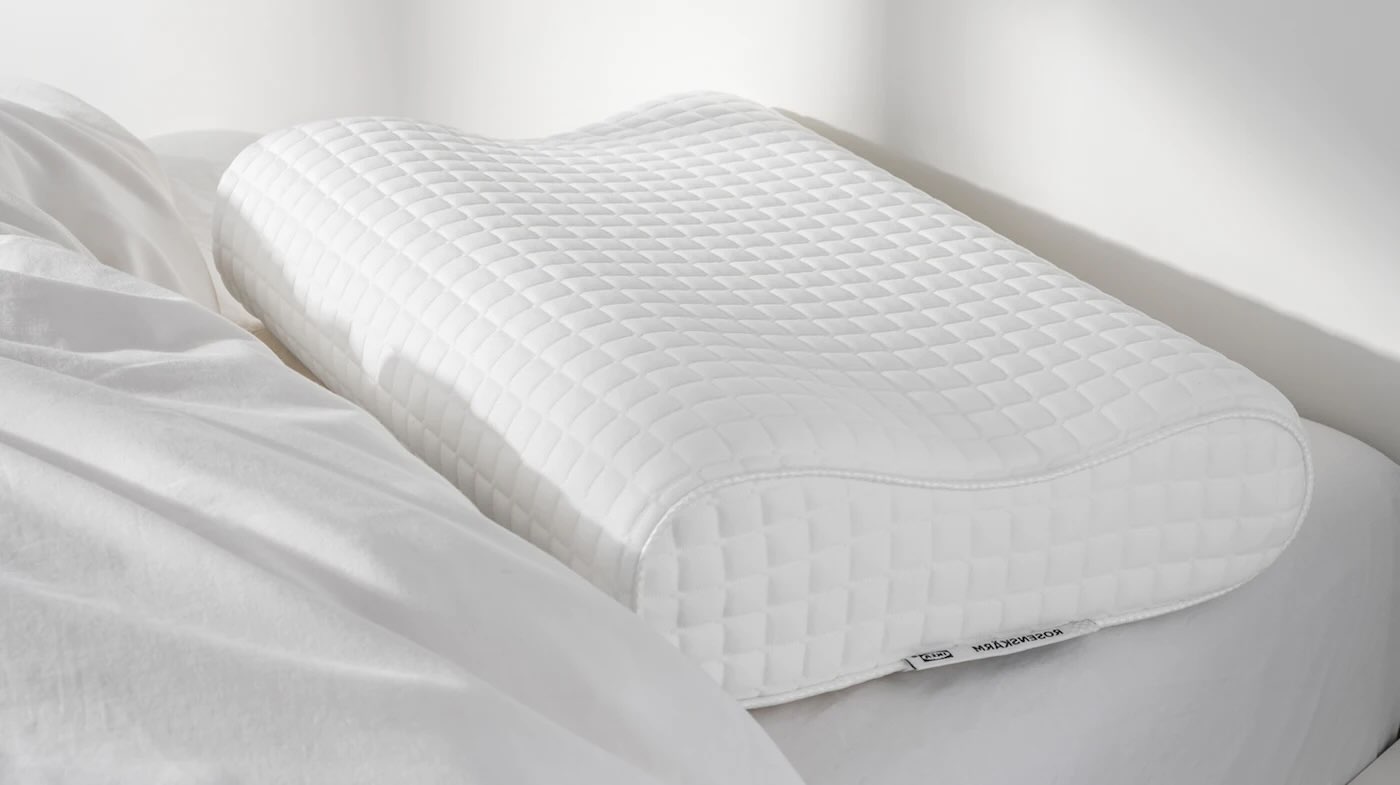
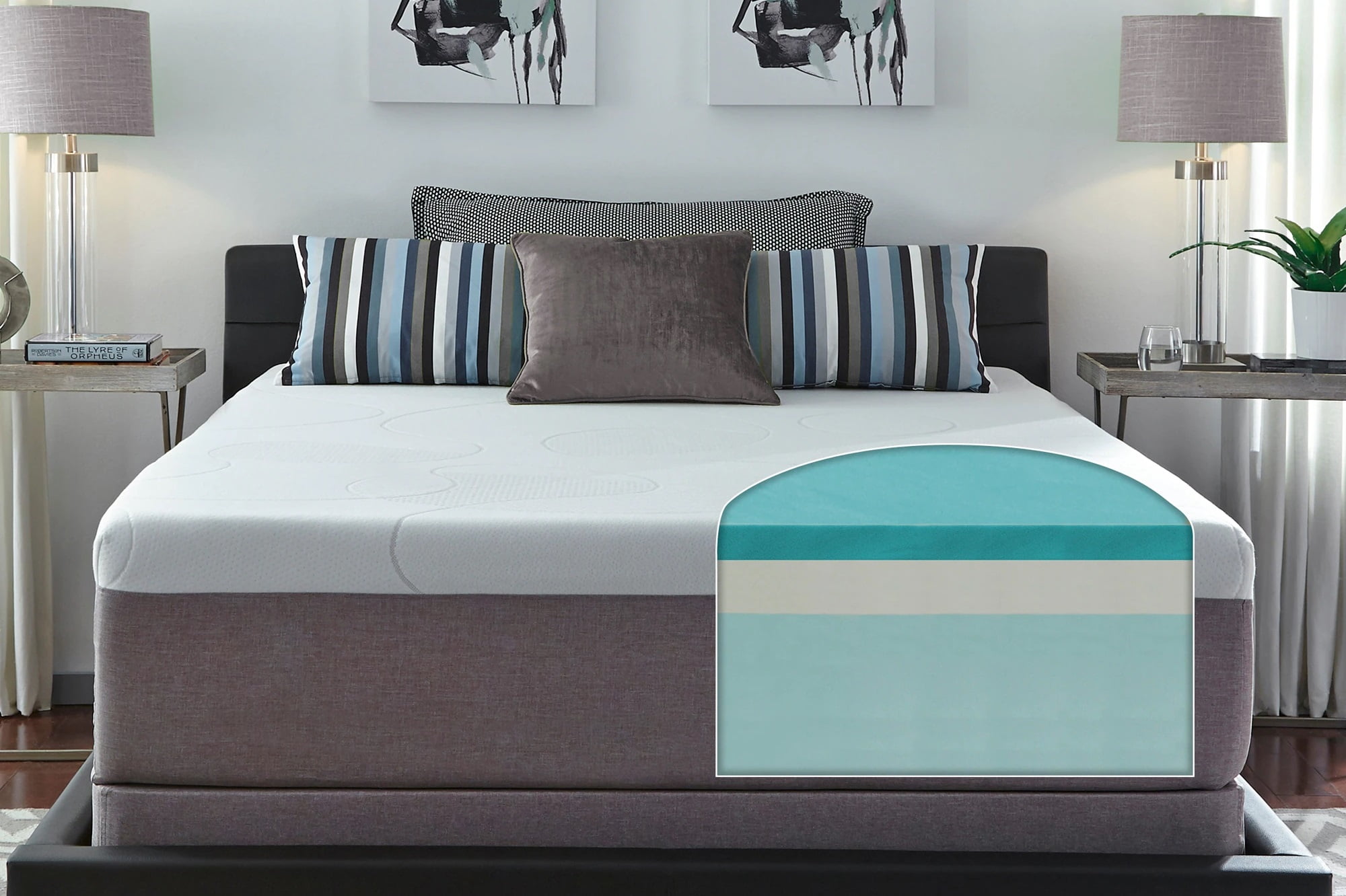
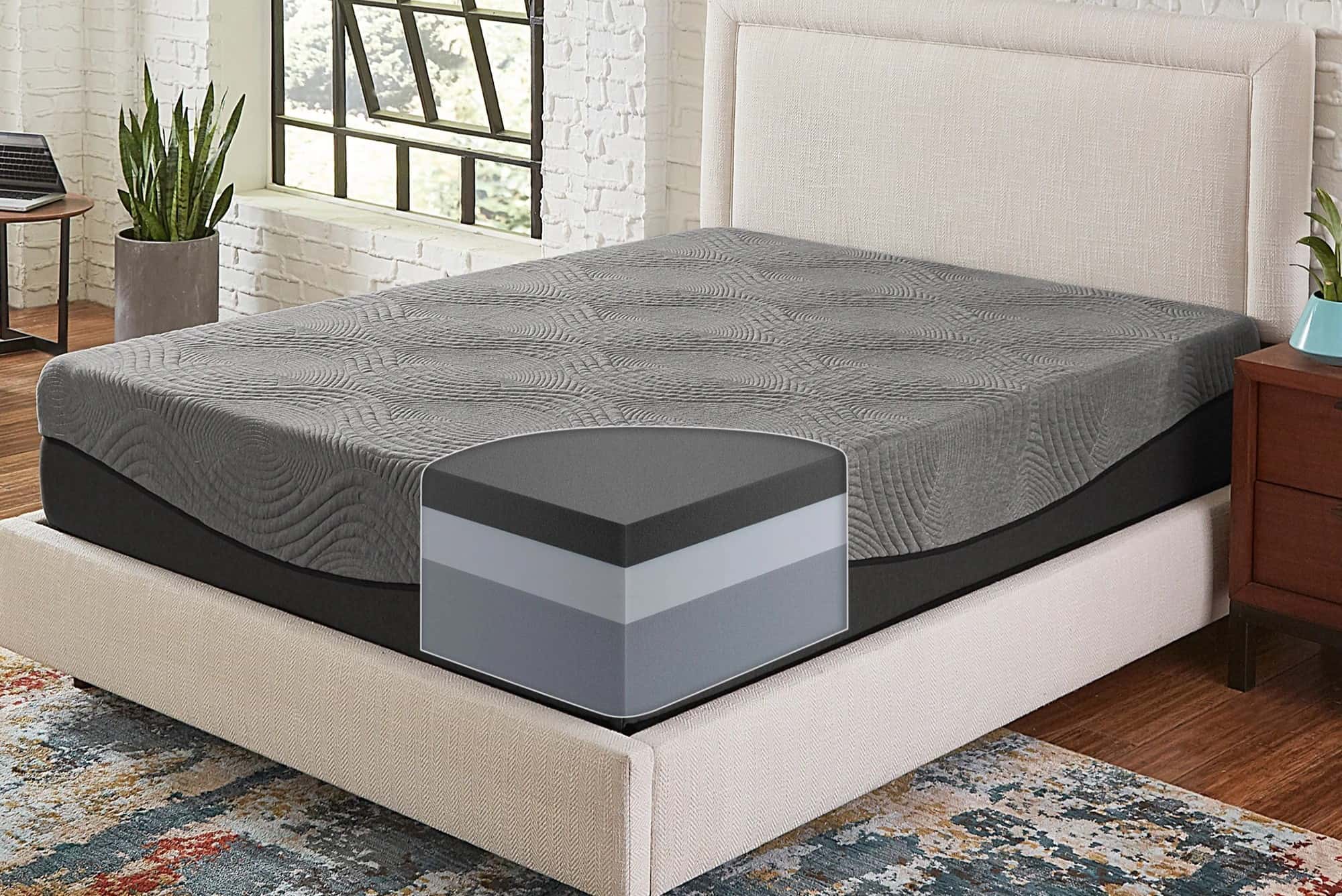
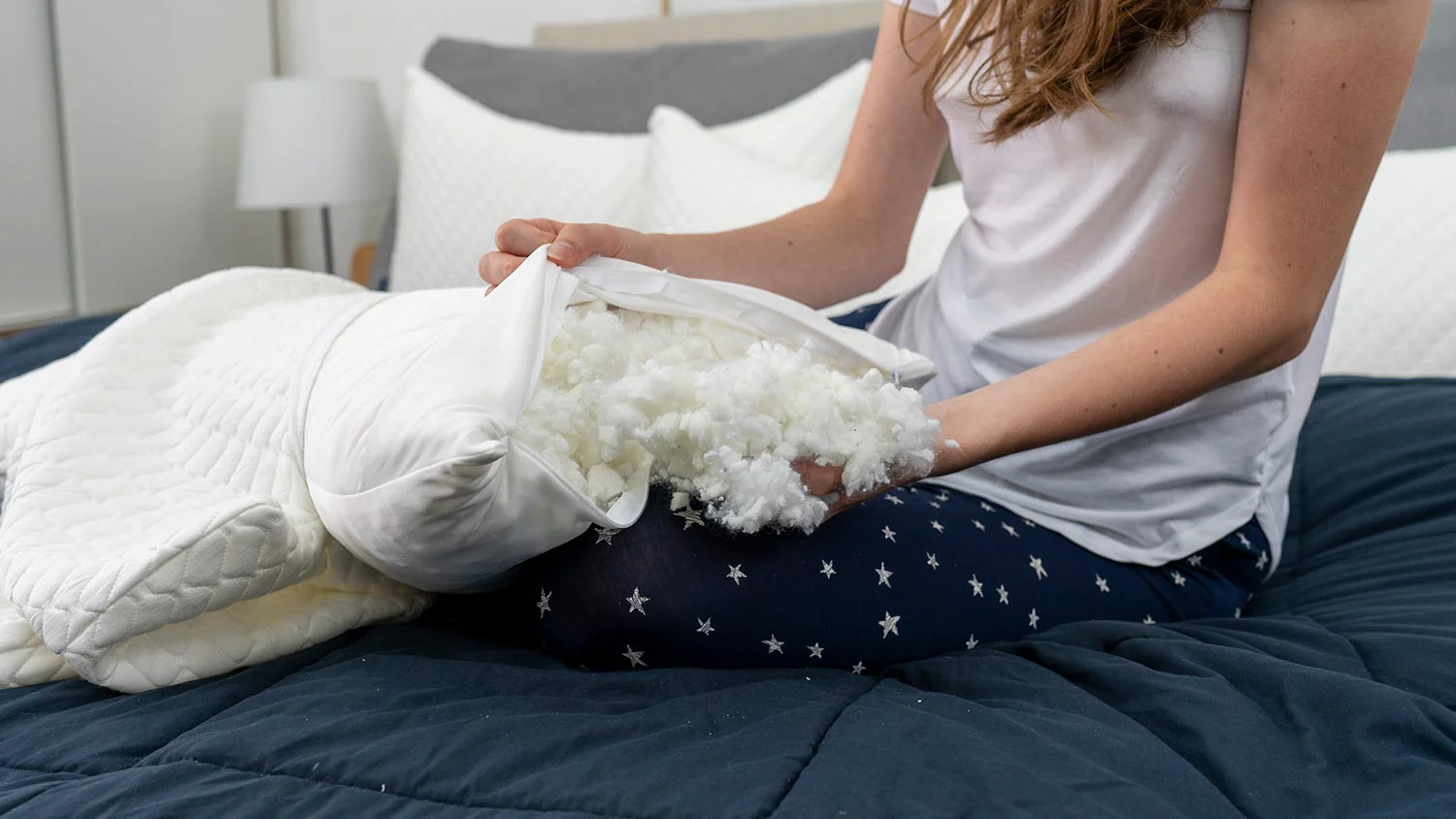
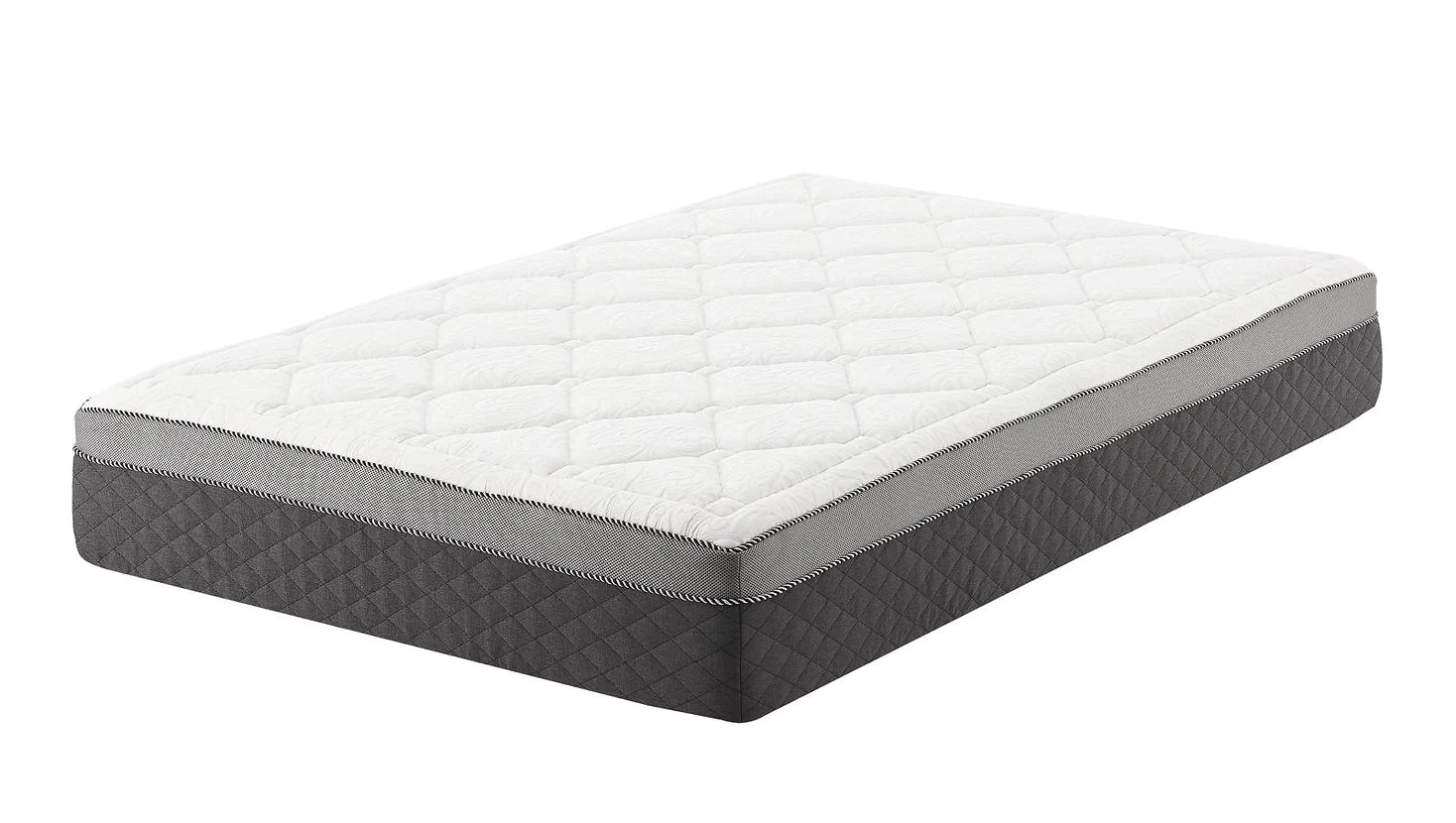
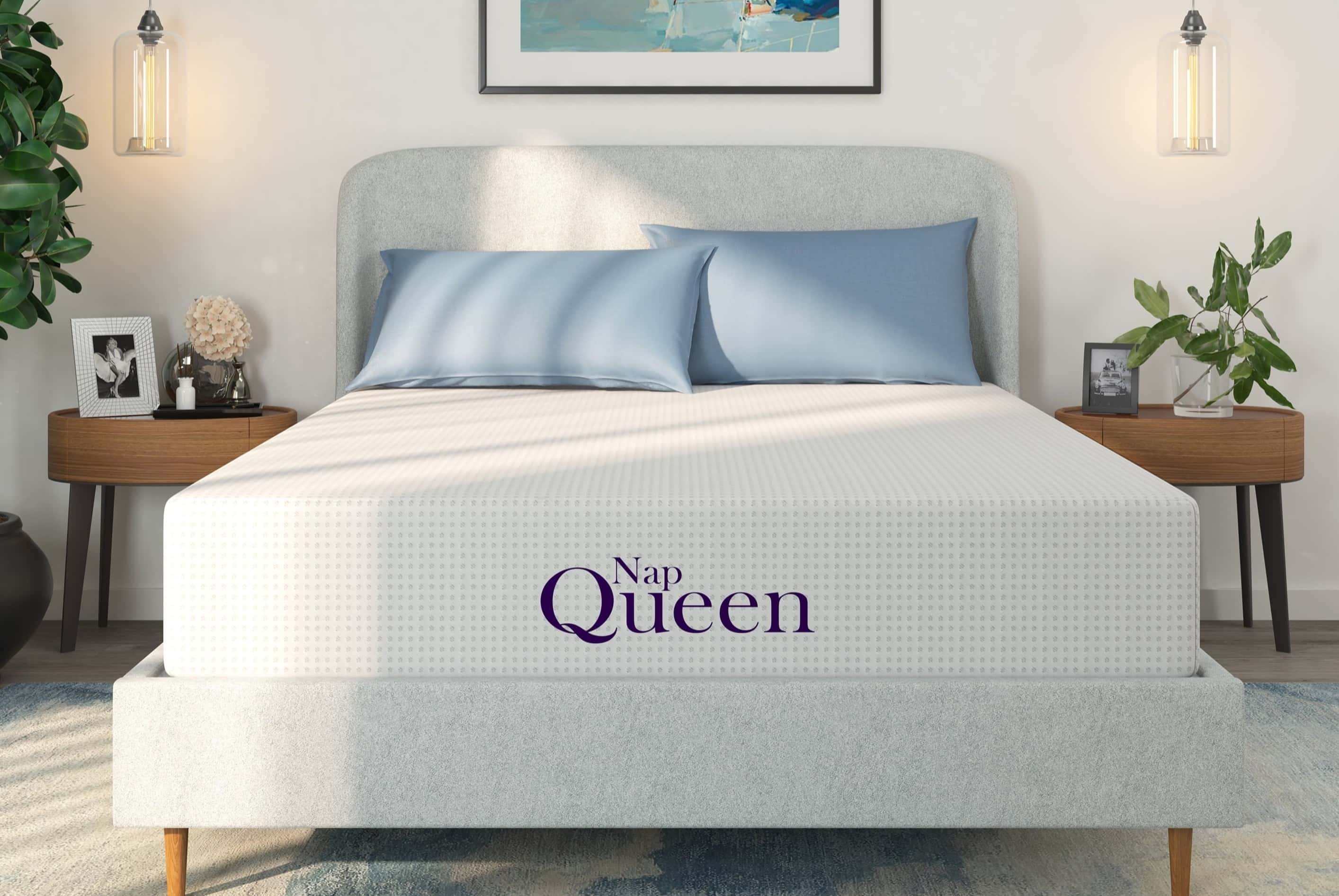
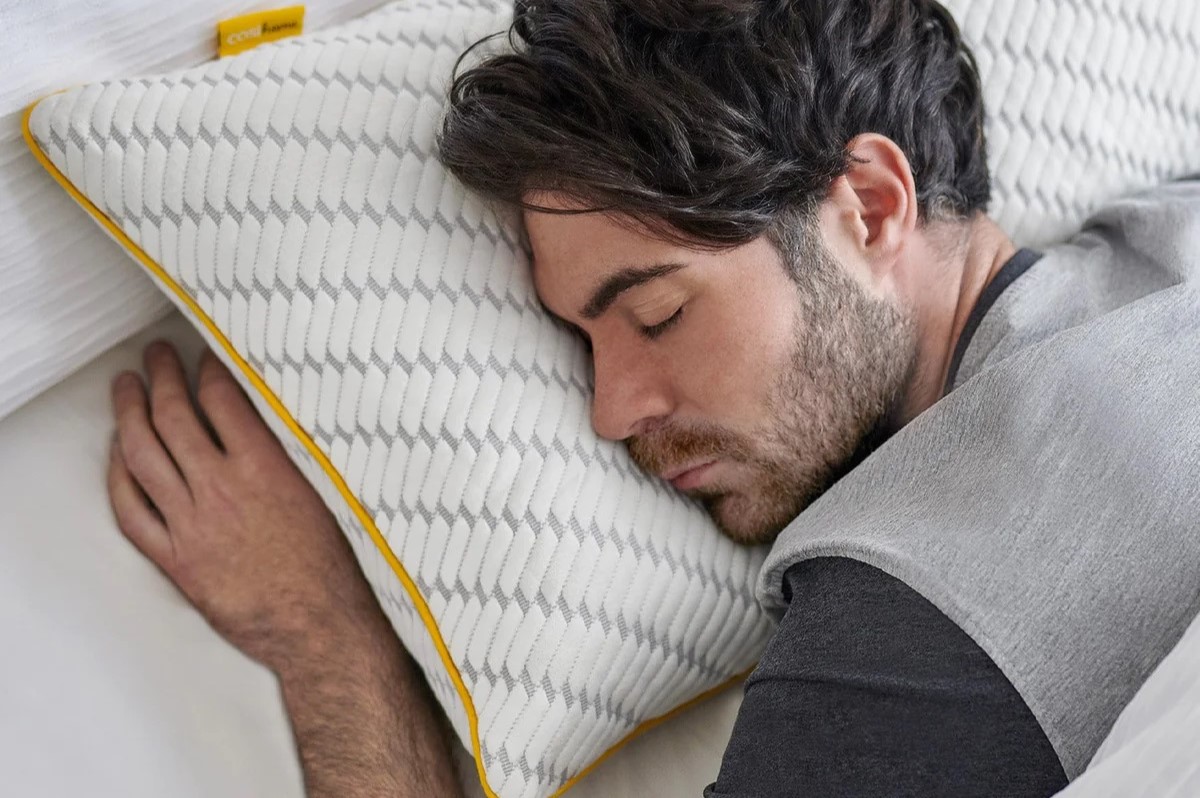

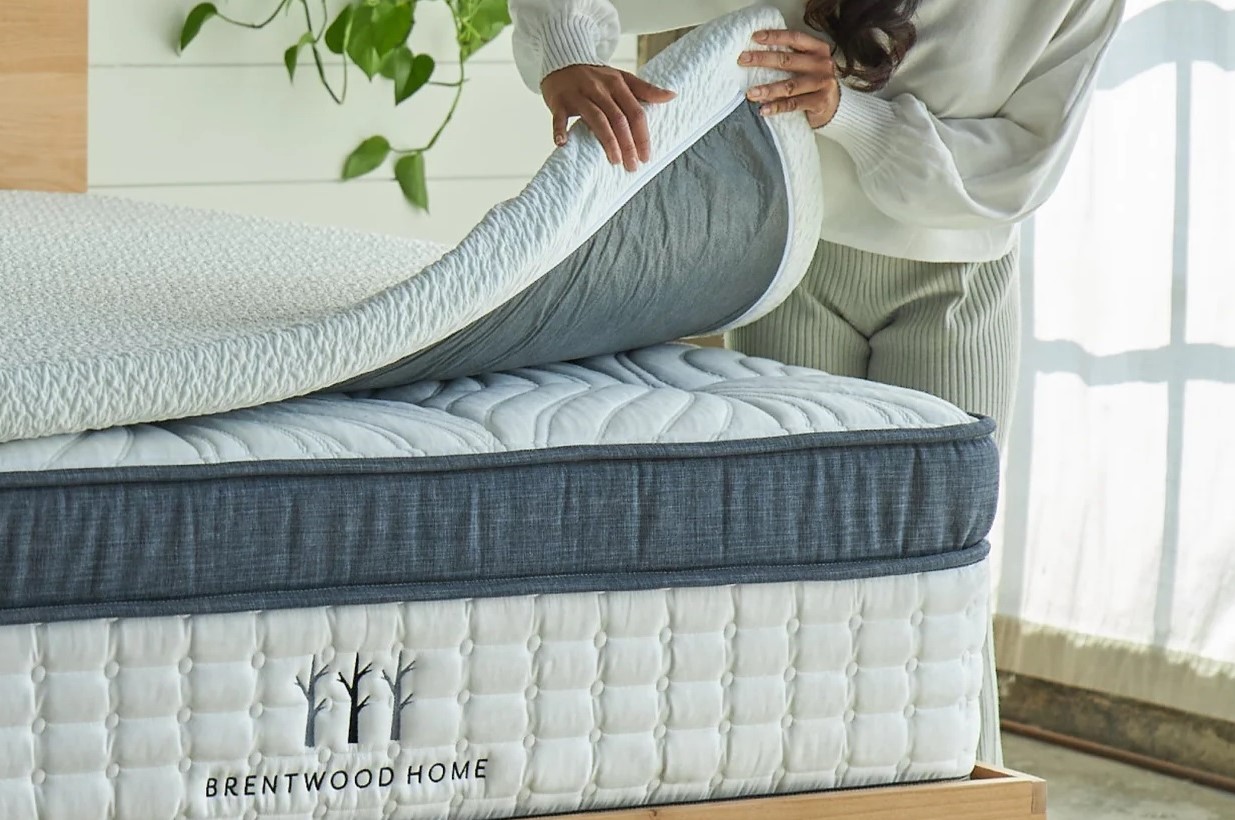
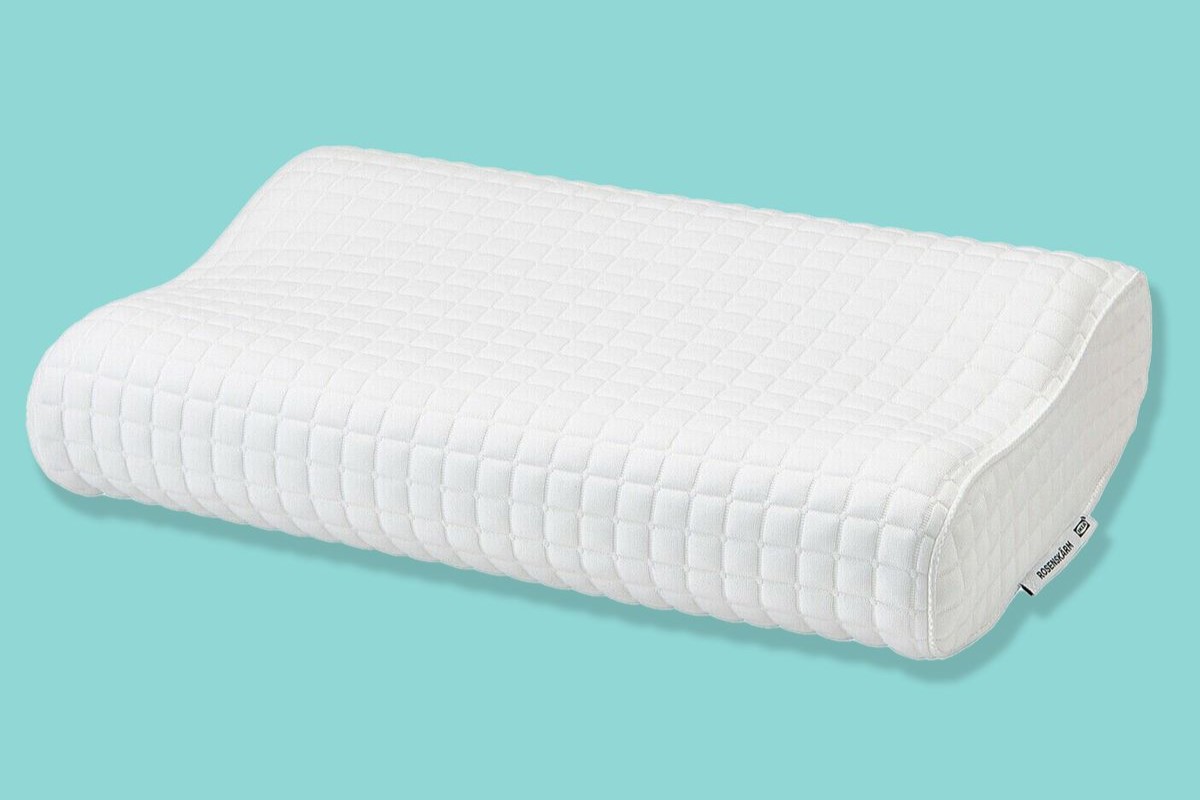
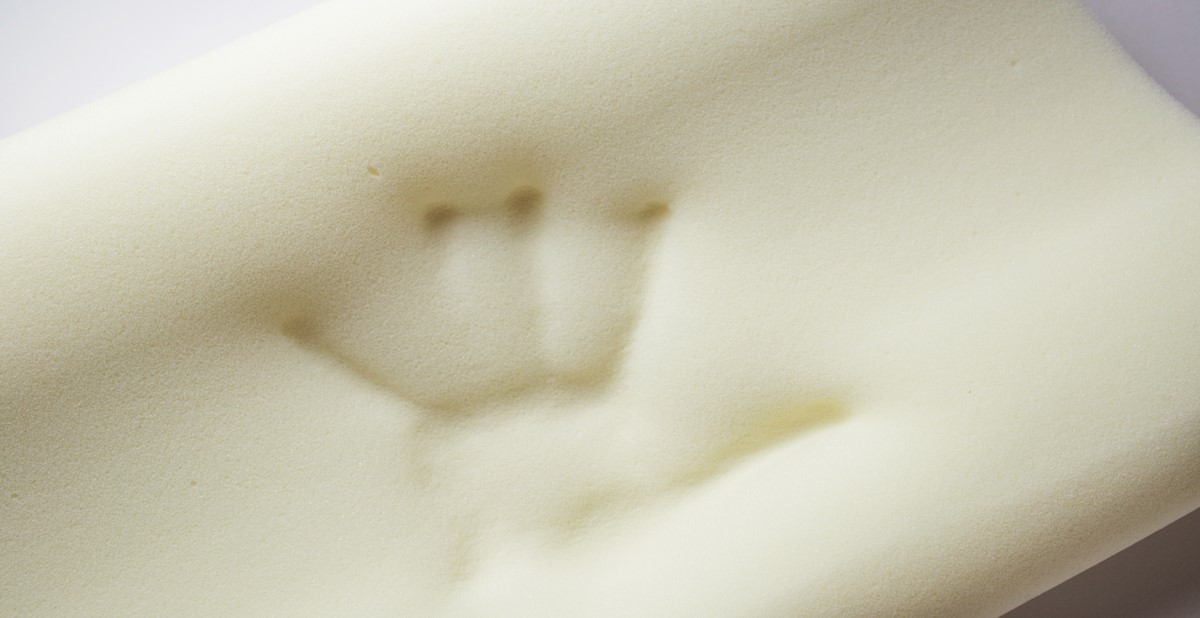




0 thoughts on “What Is The Difference Between Foam And Memory Foam”